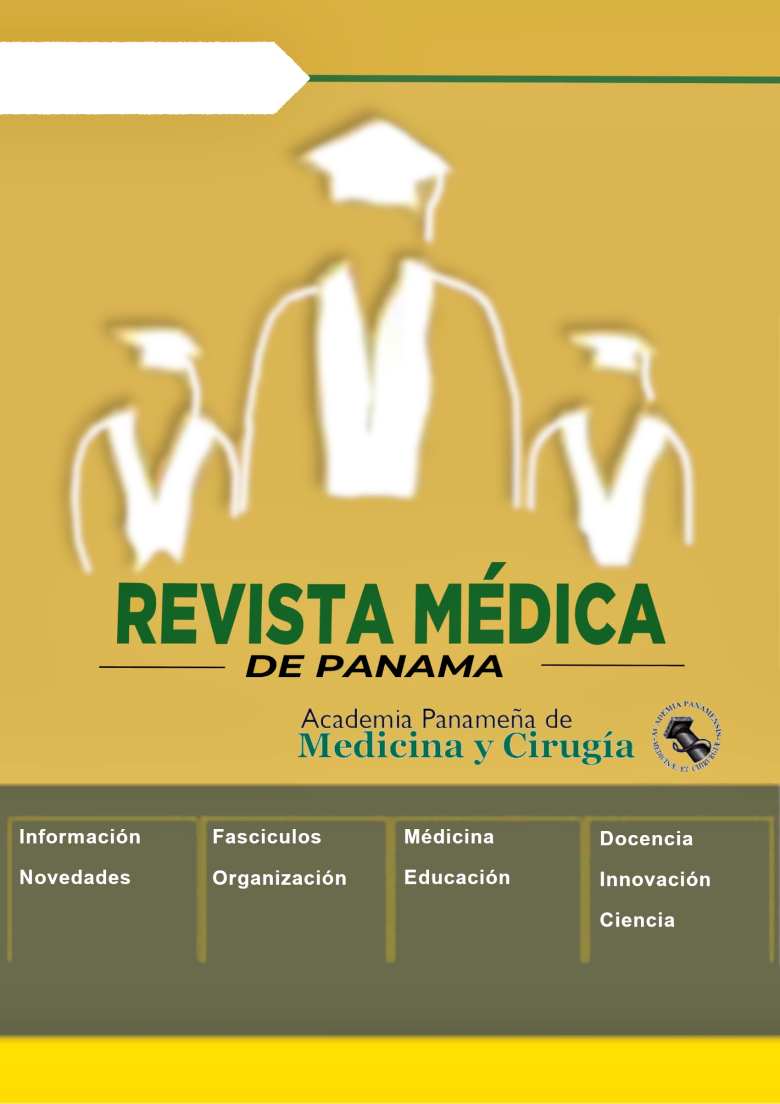Función pulmonar en post COVID-19

Autores/as
DOI:
https://doi.org/10.37980/im.journal.rmdp.20242365Palabras clave:
COVID-19, pruebas de función pulmonar, post-COVID-19Resumen
Introduction: Infection by SARS-CoV-2 affects multiple organs, but the lung is the most affected organ and can have sequelae. The diagnosis of sequelae includes: medical history, physical examination, chest radiography and/or tomography, and pulmonary function tests (spirometry, carbon monoxide diffusing capacity, 6-minute walk test, and lung volumes). The objective of this study was to describe lung function in post COVID-19 patients at the Center for Diagnosis and Treatment of Respiratory Diseases CEDITER. Methodology: We conducted a descriptive, retrospective, and cross-sectional study of patients over 18 years of age, with a history of SARS-CoV-2 infection, who had undergone any pulmonary function tests and were found in the CEDITER database, from March 2020 to December 2021. Results: 246 cases were included, of which 57.7% were male and 43.3% were female. The mean age was 50.8 years with a standard deviation of 13.2. 46.1% had a body mass index (BMI) between 30 and 39.9, classified as obesity. 207 spirometries were analyzed, of which 34.3% were abnormal. Out of the 236 carbon monoxide diffusion tests, 53% showed mild to moderate decreases. Conclusions: The pulmonary function test that was most affected was carbon monoxide diffusion (DLCO), in a predominantly male population, with overweight or obesity, and with a mean age of 50 years.
Publicado
Número
Sección
Licencia
Derechos de autor 2024 Infomedic Intl.Derechos autoriales y de reproducibilidad. La Revista Médica de Panama es un ente académico, sin fines de lucro, que forma parte de la Academia Panameña de Medicina y Cirugía. Sus publicaciones son de tipo acceso gratuito de su contenido para uso individual y académico, sin restricción. Los derechos autoriales de cada artículo son retenidos por sus autores. Al Publicar en la Revista, el autor otorga Licencia permanente, exclusiva, e irrevocable a la Sociedad para la edición del manuscrito, y otorga a la empresa editorial, Infomedic International Licencia de uso de distribución, indexación y comercial exclusiva, permanente e irrevocable de su contenido y para la generación de productos y servicios derivados del mismo. En caso que el autor obtenga la licencia CC BY, el artículo y sus derivados son de libre acceso y distribución.






